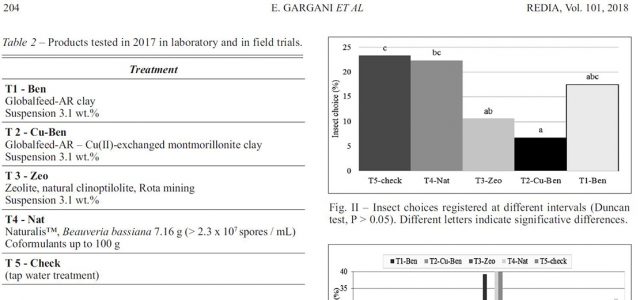Authors: Yakup Kara and Nejdet Şen
Keywords: Styrax officinalis L., catalytic pyrolysis, pyrolysis oil, biofuel
Abstract: The catalytic pyrolysis of the oily seeds of Styrax officinalis L., which was carried out using two catalysts in a fixed-bed reactor. As a catalyst, expanded perlite was firstly used according to the best current knowledge. Pyrolysis experiments were performed under at 4508C temperature and 258C/min heating rate. The results showed that both catalyst materials had approximately the same effect on the bio-oil yields. By using the natural zeolite and expanded perlite at a ratio of 30 wt %, the maximum bio-oil yields were achieved as 38.07 wt % and 37.49 wt %, respectively. The oxygen content is important to bio-oil and upgrading oil. High oxygen content causes poor heating value and instability. The use of a catalyst greatly reduced the oxygen content of the bio-oil, such that the 30 wt % of oxygen content for noncatalytic oil decreased to 16.34 wt % and 18.35 wt % with use of natural zeolite and expanded perlite, respectively. Higher heating values (34.84 and 33.48 MJ/kg) and H/C atomic ratios (1.47 and 1.51) for the catalyzed bio-oils were very close to those of petroleum, which are 40 MJ/kg and 1.5:1.9, respectively. In addition, the oxygenated species decreased and also the quantities of alkyl and alkenyl substituted aromatic compounds and paraffinic alkanes in the catalyzed bio-oils were notably higher than those of noncatalyzed bio-oils when using a catalyst. The use of catalysts in the pyrolysis not only increased the yield of bio-oil, but also produced higher quality oil with higher calorific value, lower oxygen content, higher carbon, and hydrogen contents etc.
For full article, please contact us.
Visited 601 times, 1 Visit today




